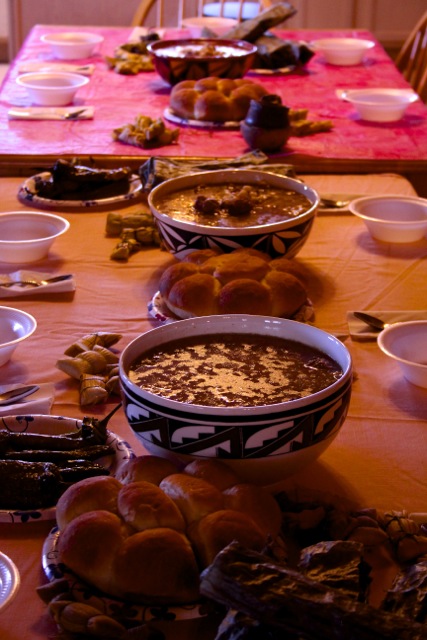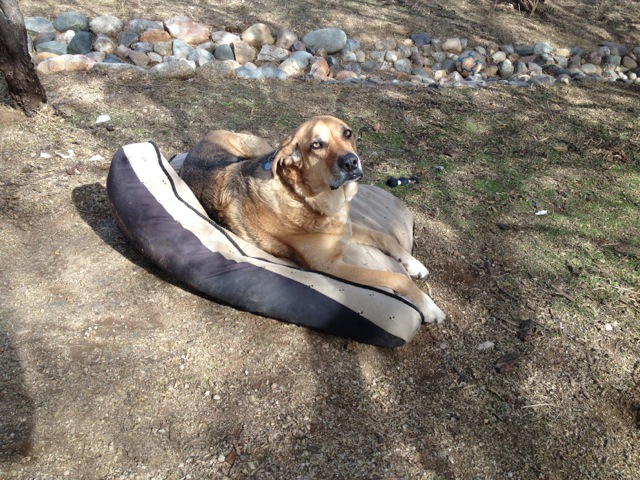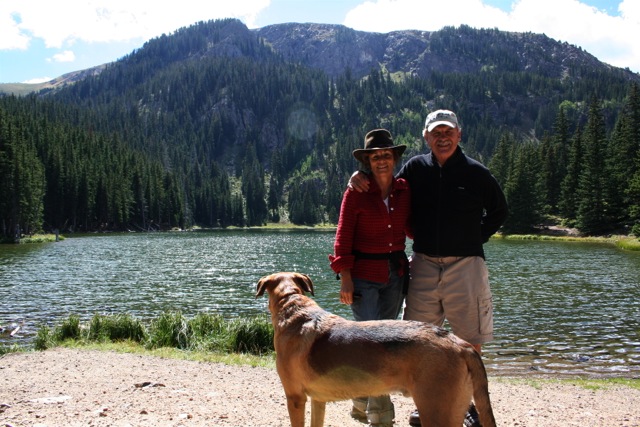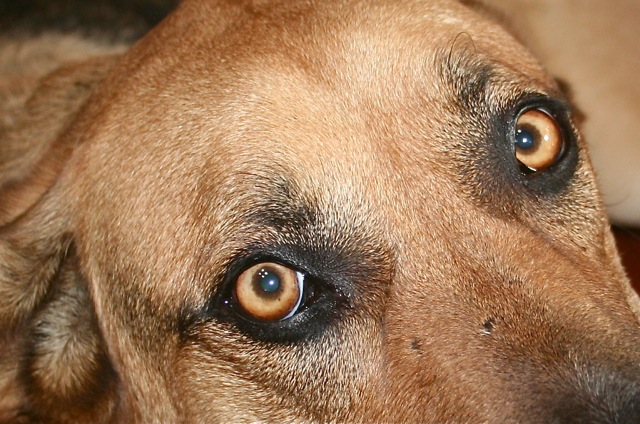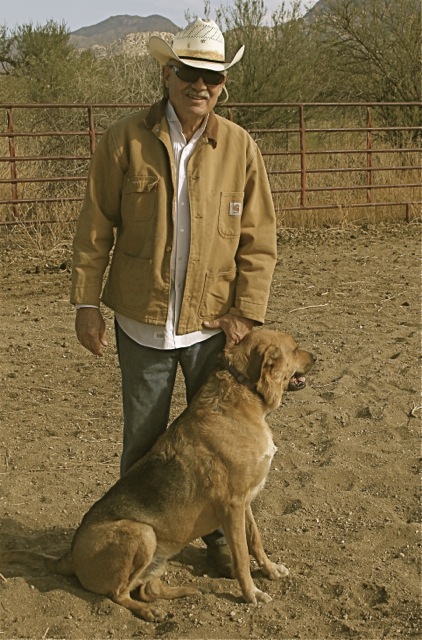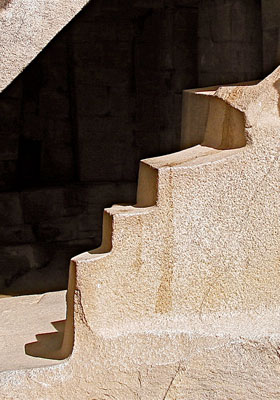I am still digesting a precious, bountiful and nutritious feast that has fed me in ways I can’t yet articulate well. In future blogs, maybe I’ll find more words to describe what I’ve gained from the spiritual travel to Hopi land with Carla Woody, spiritual mentor and founder of Kenosis Spirit Keepers, a non-profit dedicated to preserving and sharing indigenous wisdom. (kenosis.net) For the moment, Let me share with you the visible elements on this bountiful table.
On a literal level, this feast was prepared for us by Charlene Joseph, a Hopi woman from the village of Moenkopi. We were welcomed into her home to learn about the Hopi way of life, which is all about Spirit. Perhaps you can’t see Spirit in the photograph, but it is the major ingredient–the primary flavor in every event, every “dish” that is part of her family’s life.
This feast is a tradition the morning after the night Kachina dances, which we were privileged to attend. Char’s husband, Harold Joseph, is a leader in his clan and has successfully negotiated many improvements contributing to Hopi life. He generously shared with us the elements of spiritual life that can be shared, since some practices and beliefs are kept within the hearts and minds of the men who lead the kiva ceremonies at the center of the traditional Hopi way.
The big bowls contain the traditional hominy stew that Char began making the day before, along with yeast rolls that the women in our group helped make. My husband Jon loved the fried dried red chilis, as well as the fresh green ones, since nothing is too spicy for him. I especially loved the tiny tamales tied in a traditional form and made by Char and Harold’s daughter, who took some into the kiva with the other unmarried girls who dressed up to take the dancers special food and have privileged seating within the kiva.
Another platter contains piki bread, which unmarried women make for their puberty ceremony. It is very thin sheets–almost like filo dough–that they process on a stone tablet, as has been done for centuries.
Having been fortunate enough to travel far from home and to learn from many cultures older than our American one, it struck me again that the ancient Hopi culture is right here in my own back yard. It is an island surrounded by Navajo lands, east of the Grand Canyon. But from my immersion in Hopi ways for a short week, I feel I’ve been far away, out of space and time. I’ve been nourishing myself from the generous table of Native people willing to share a way of life that is inspiring, courageous, and an example for us all.
As I digest and integrate my learnings, I’ll be sharing with you some of the “translations” from the Hopi world to the one the majority of us inhabit. There are adjustments and commitments we can all make that could align us more directly with Spirit, help us avoid some of the potential disasters Hopi people warn us about, and support us as we attempt to live out the kind of truth that can change our lives and perhaps even save the world.
